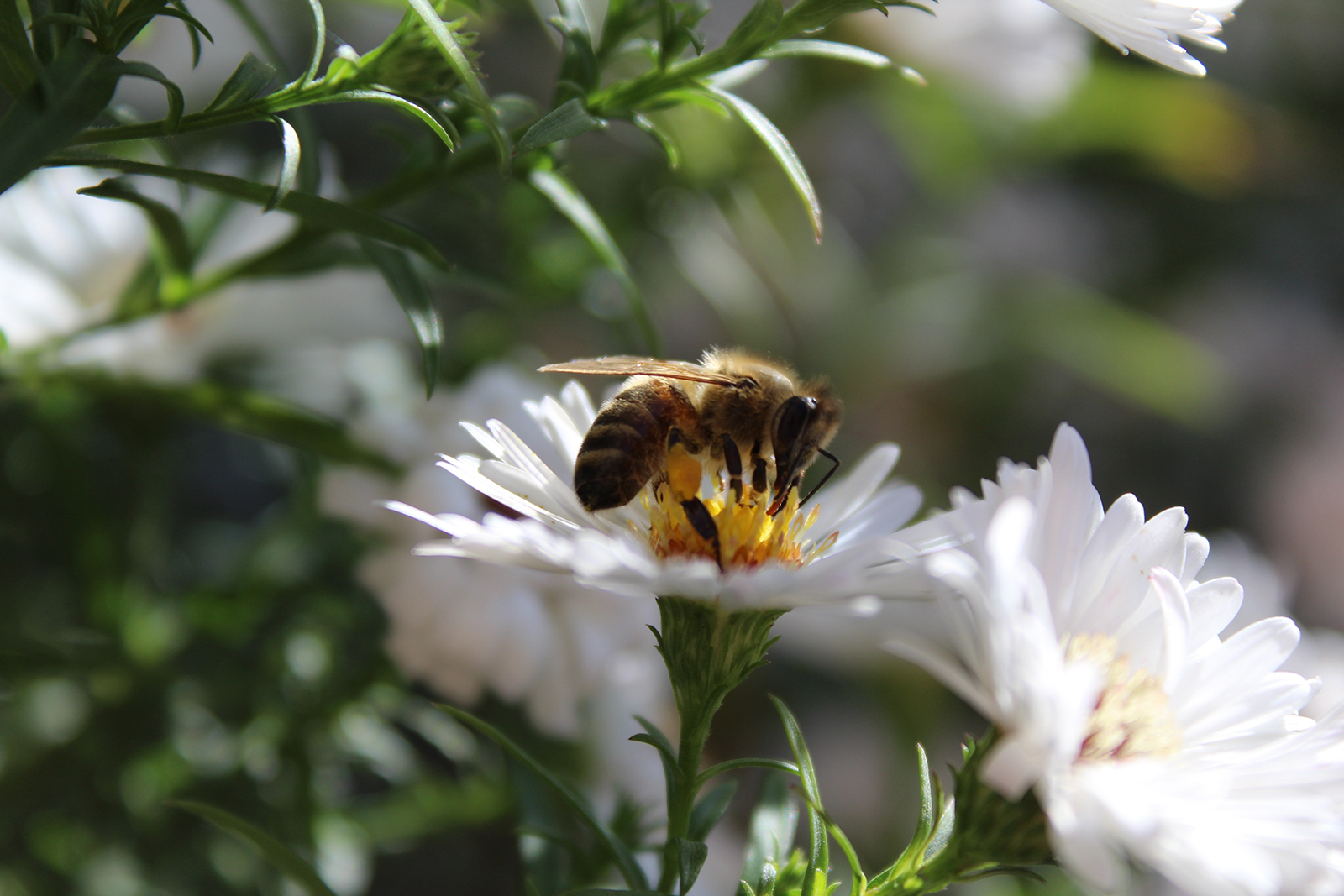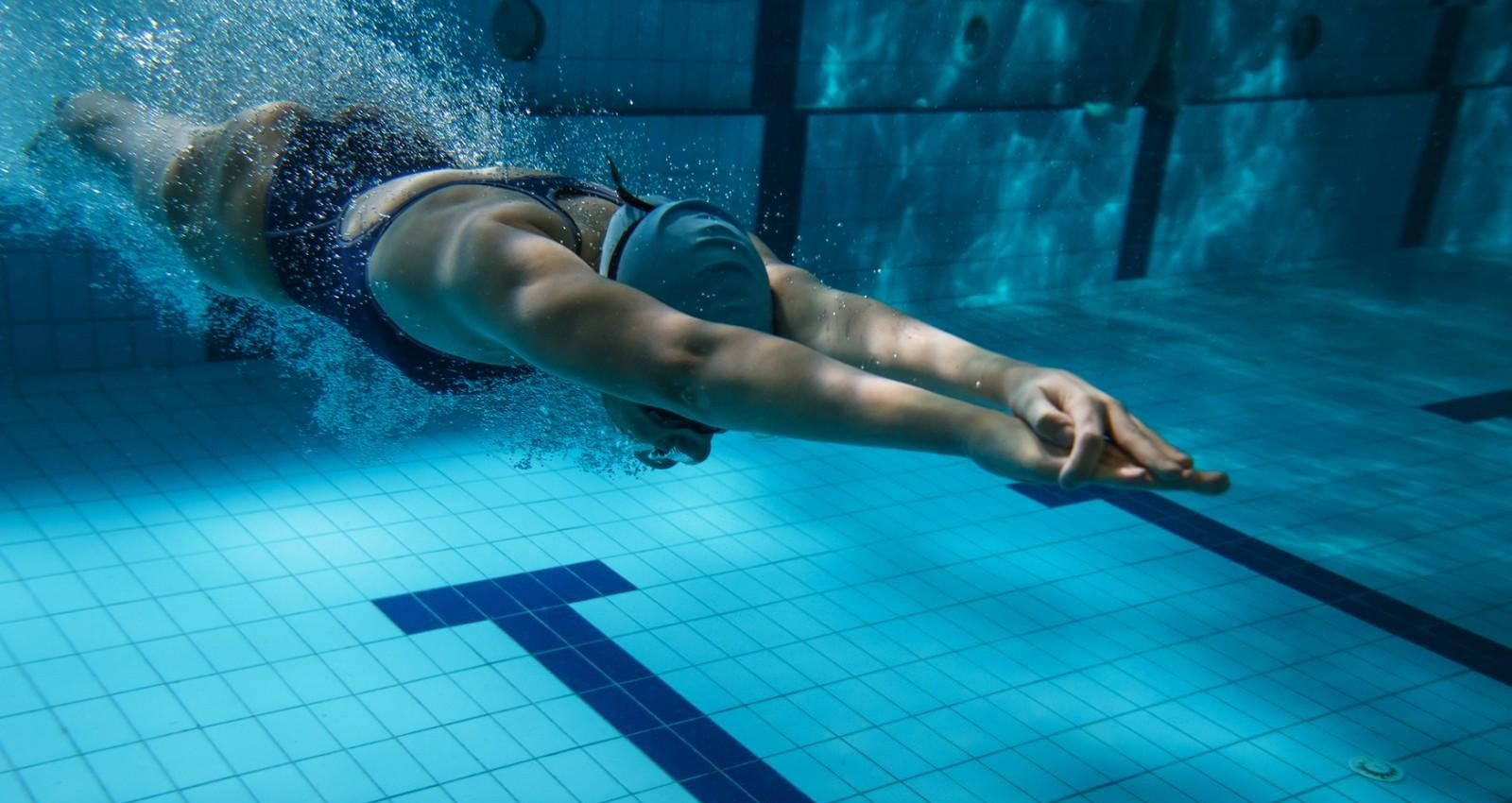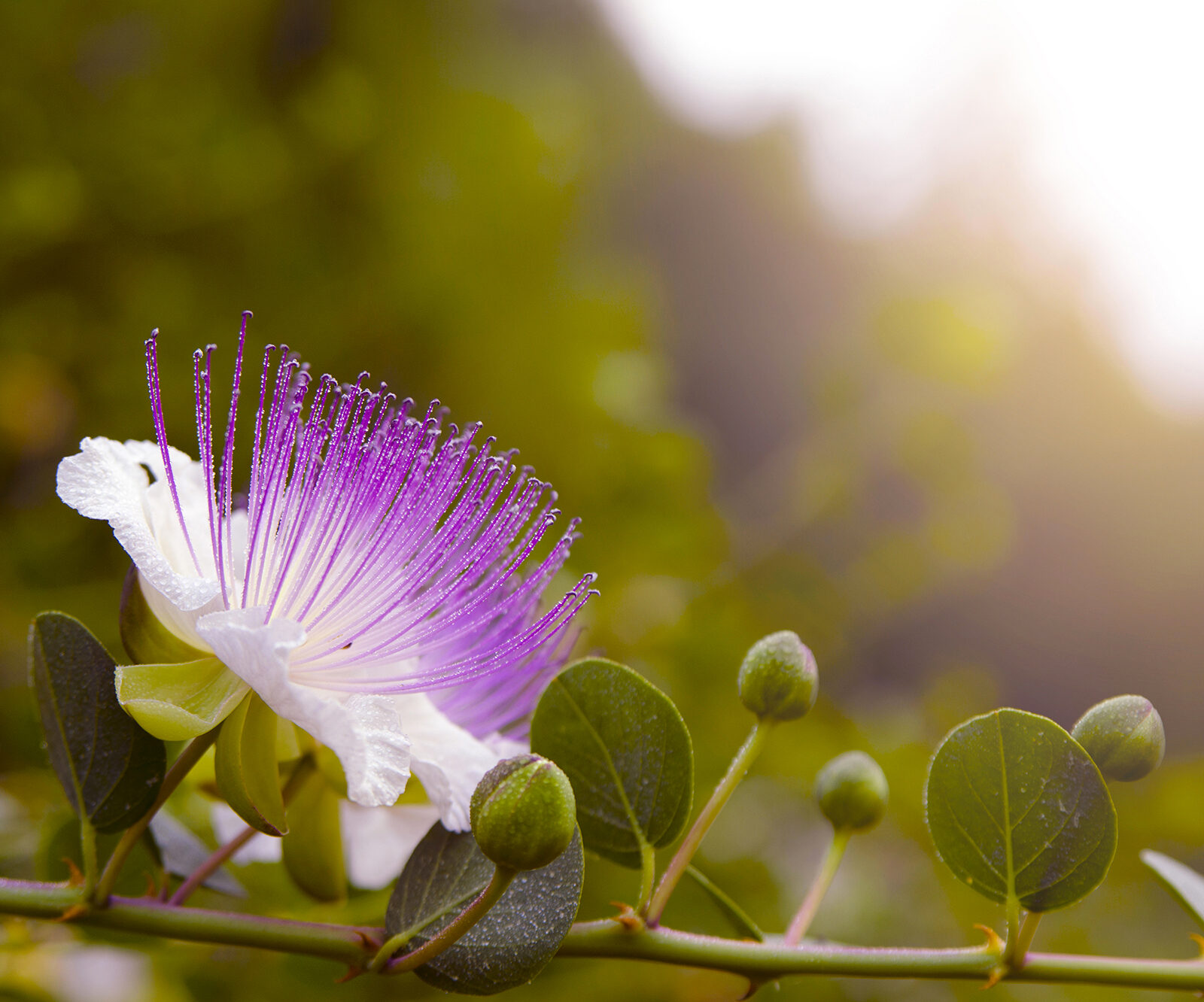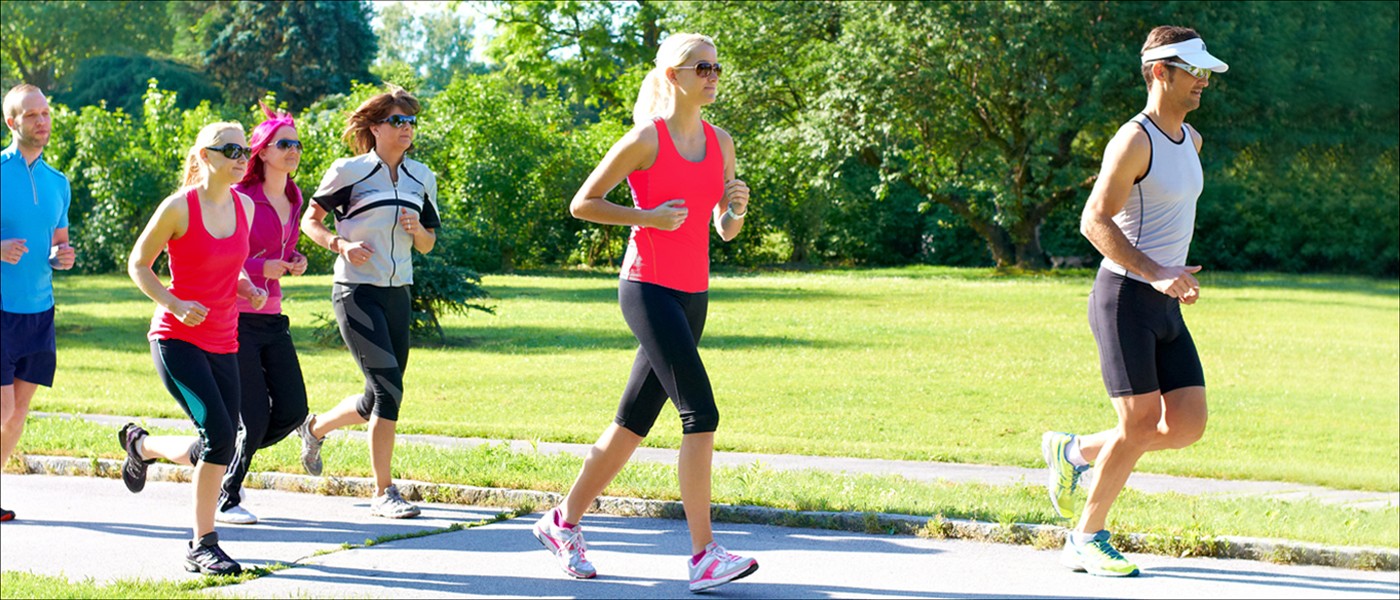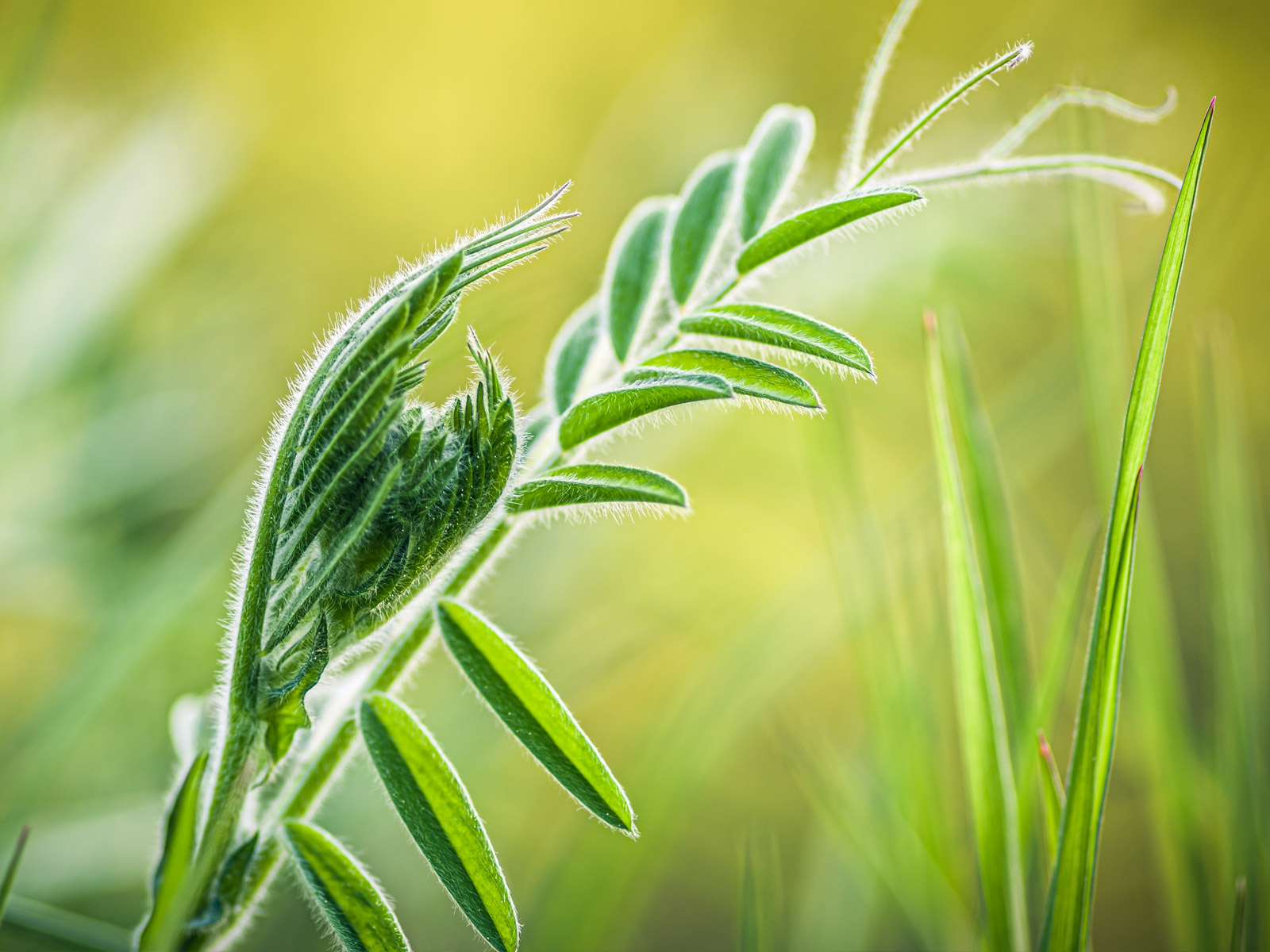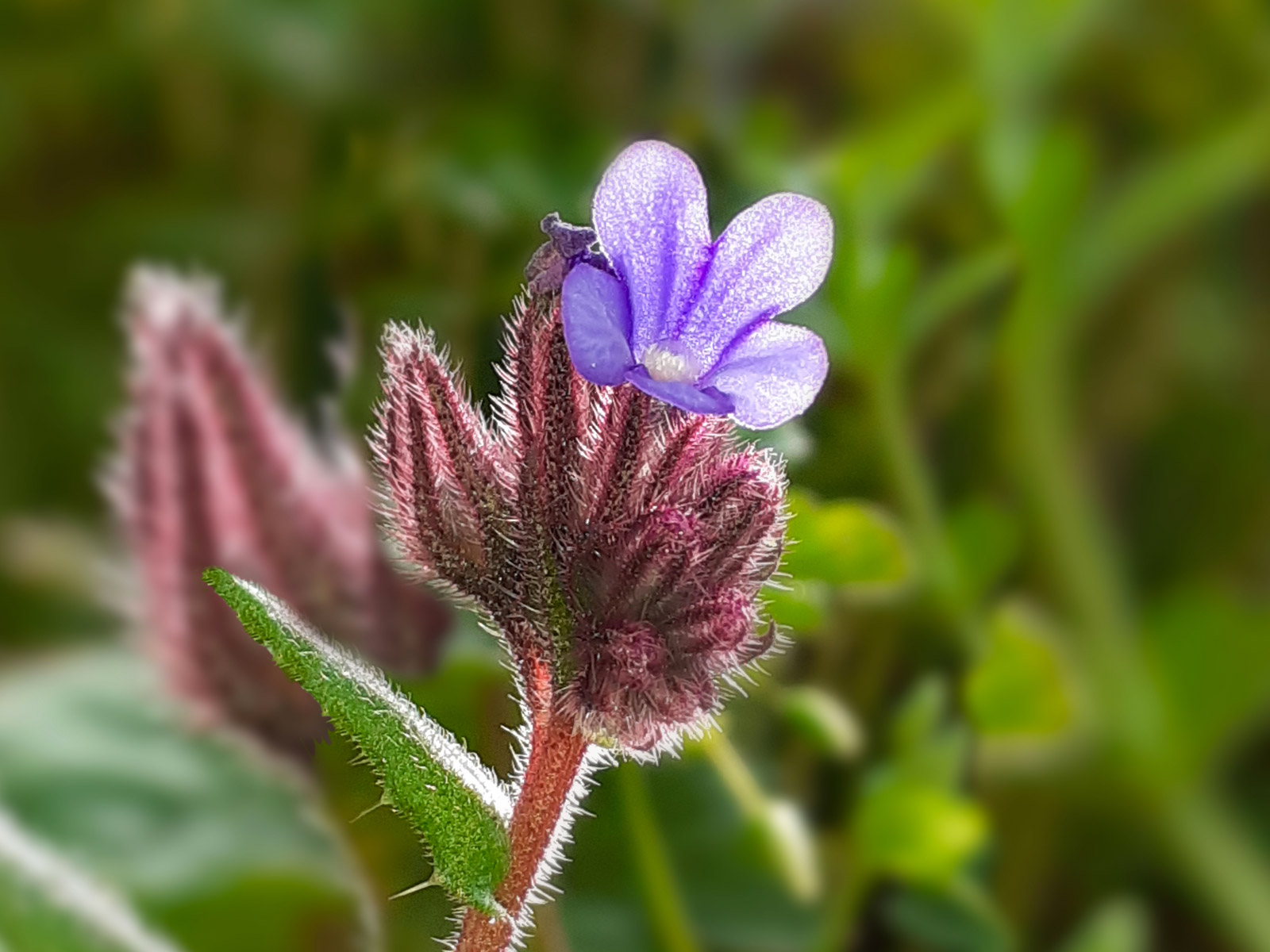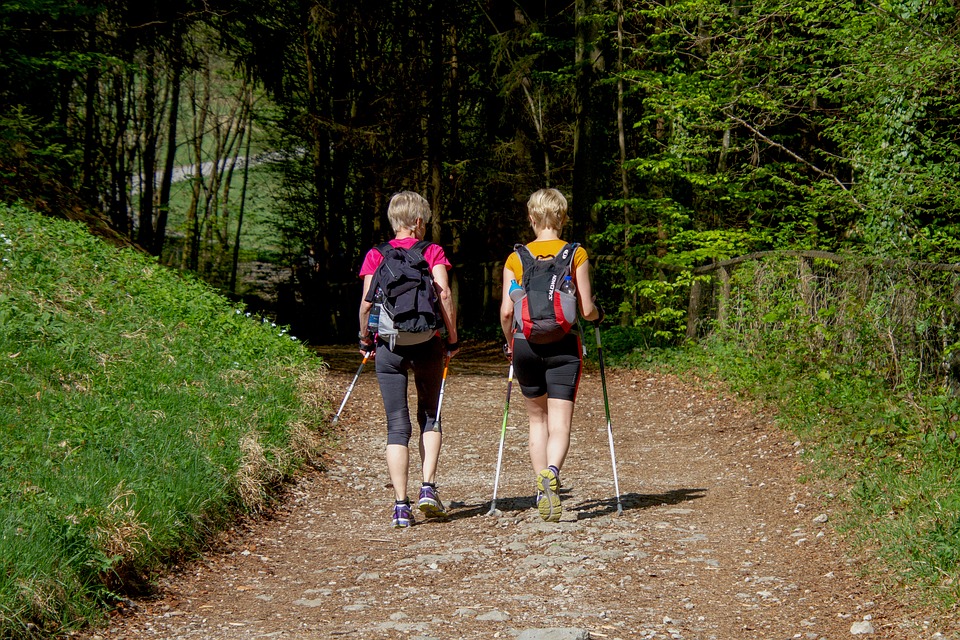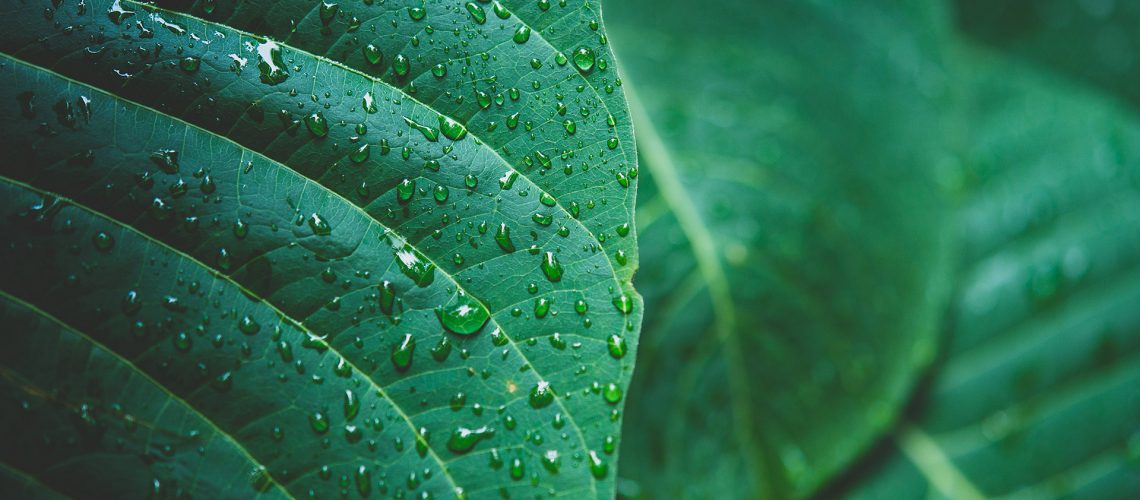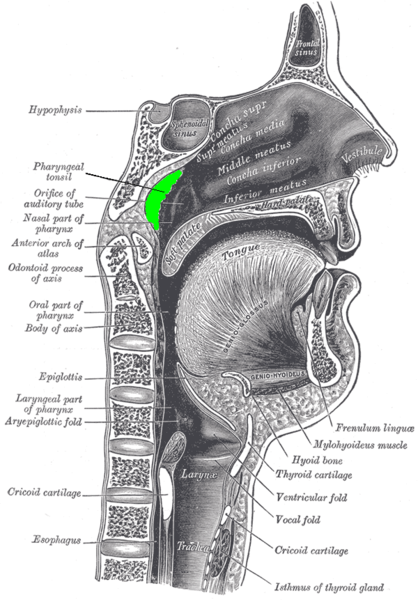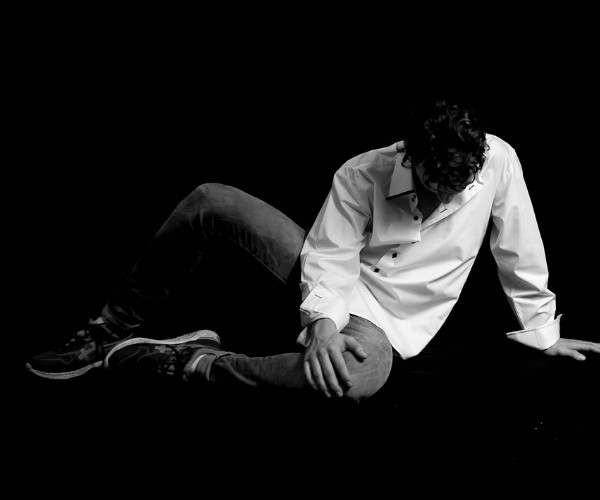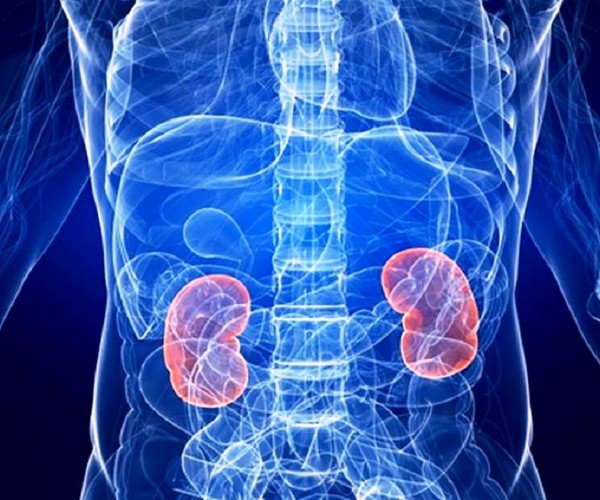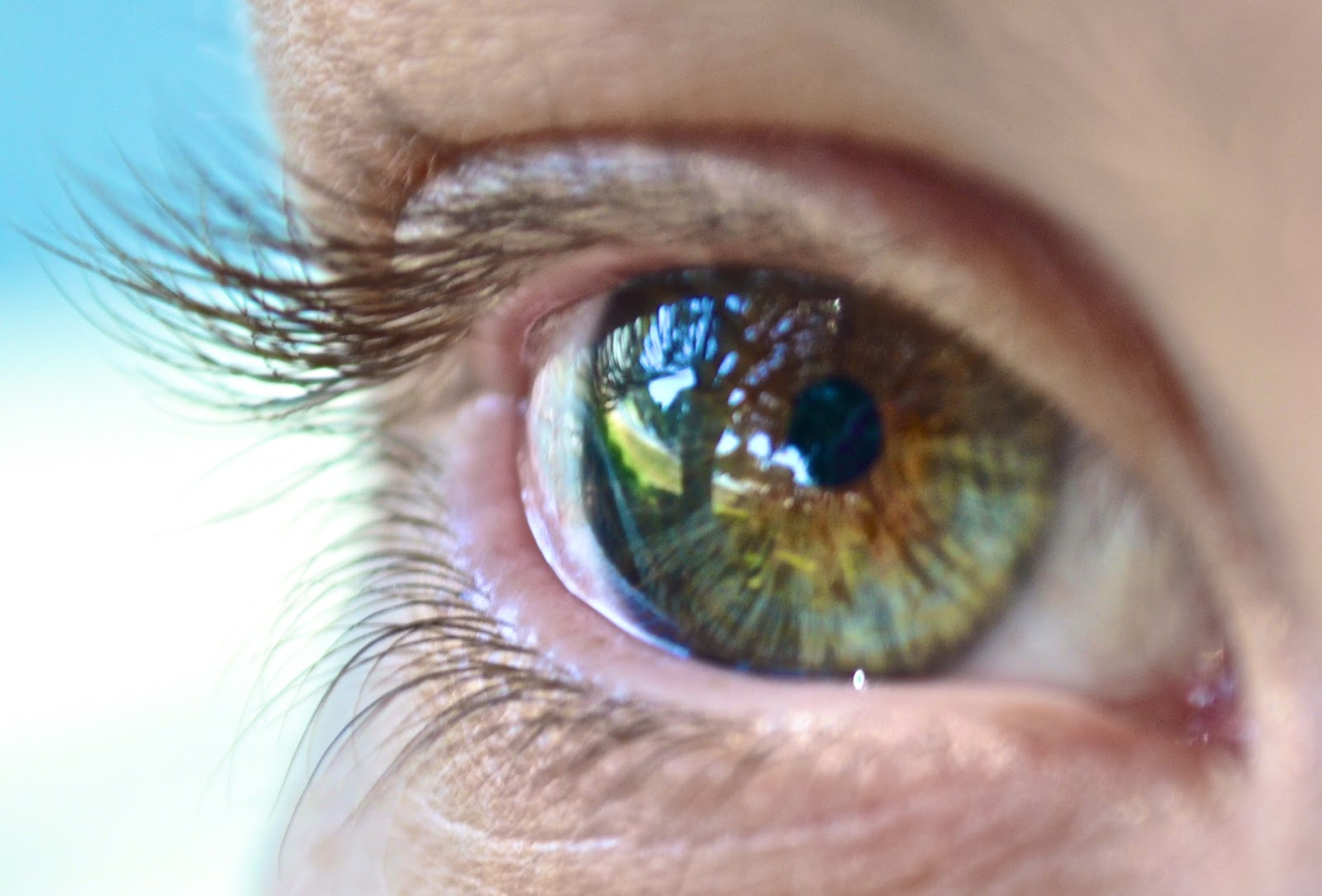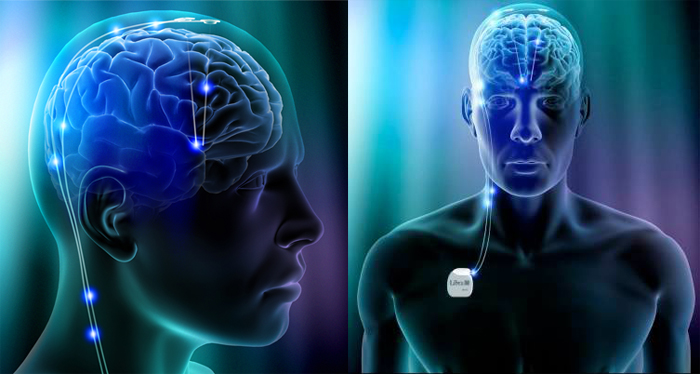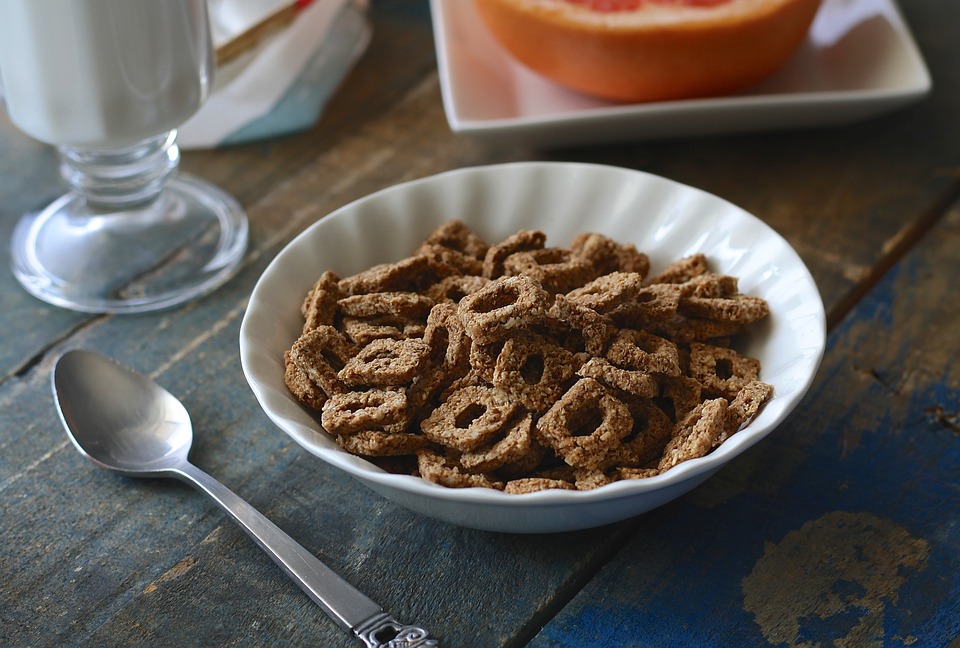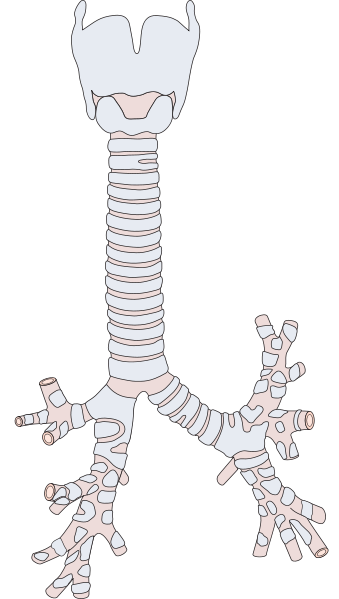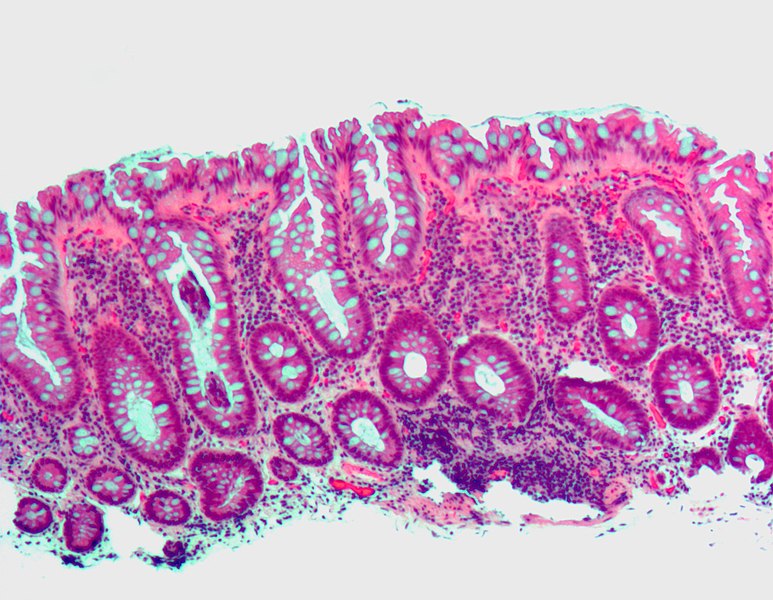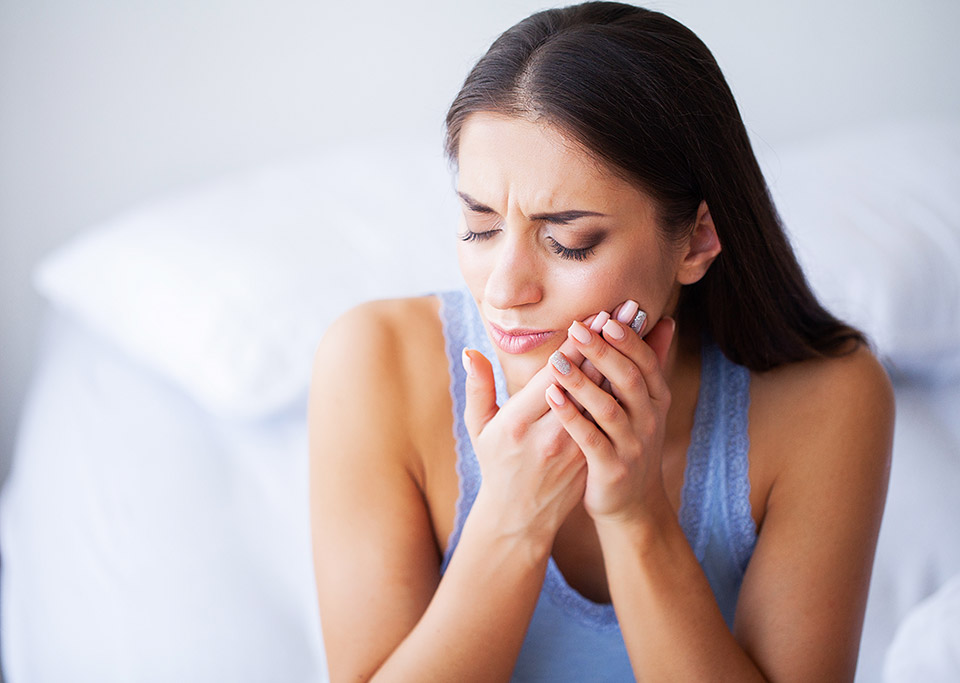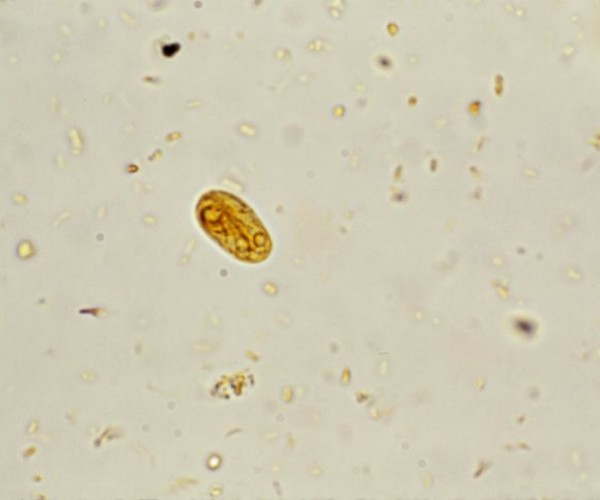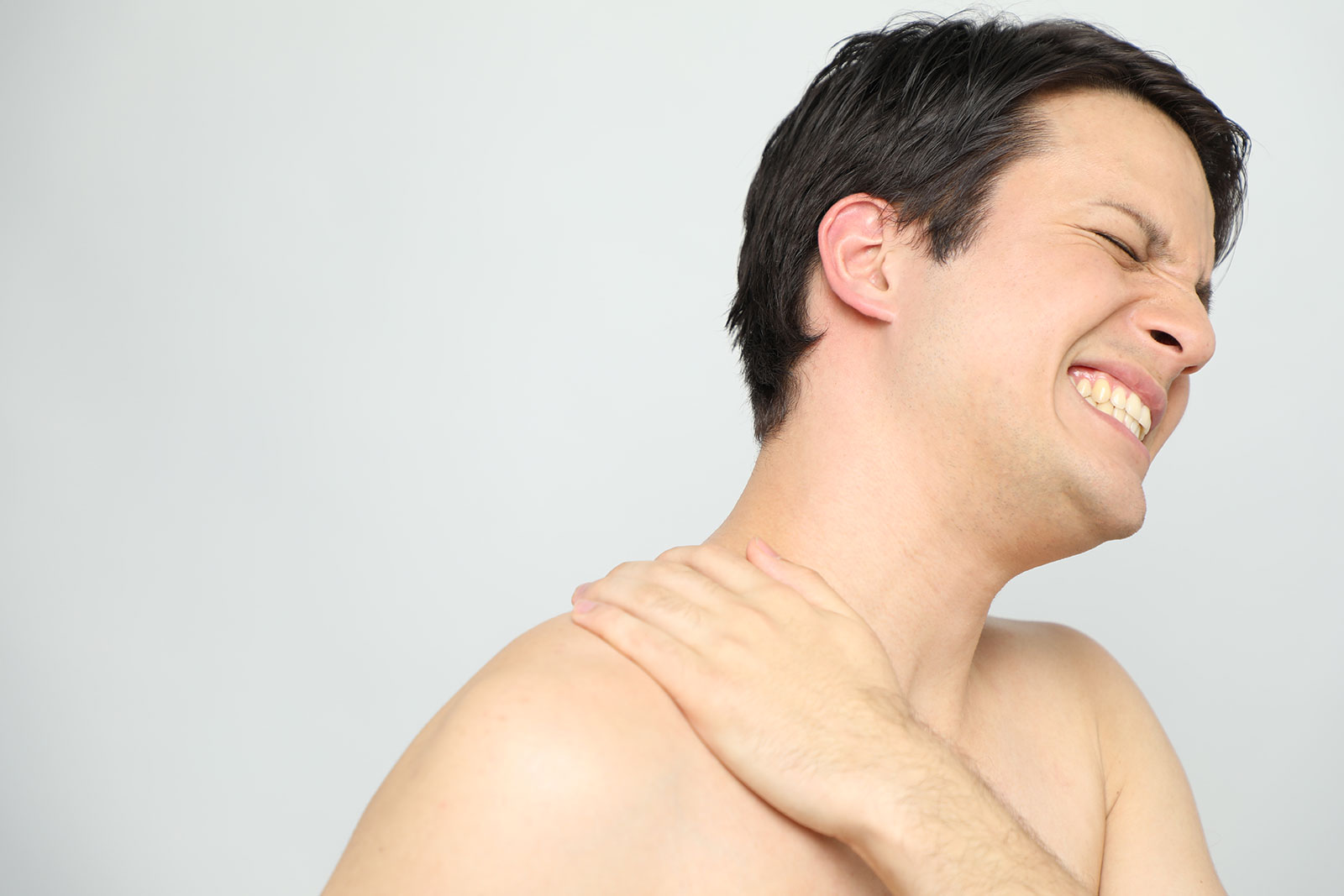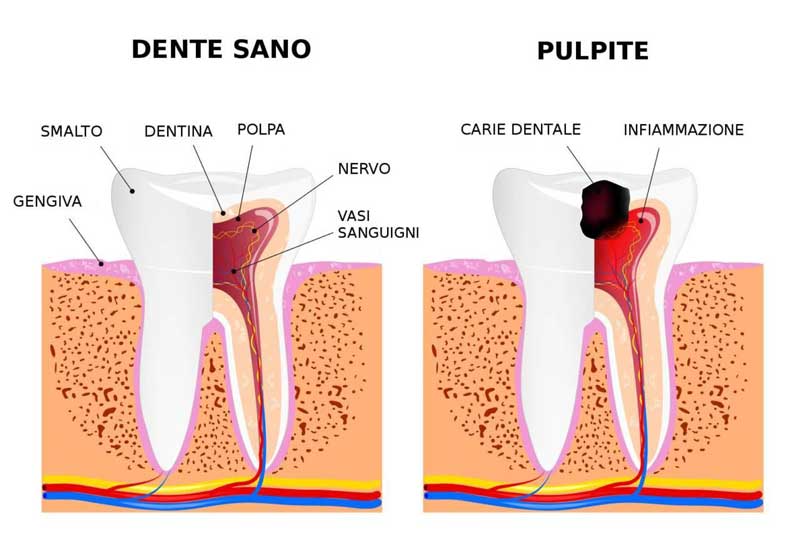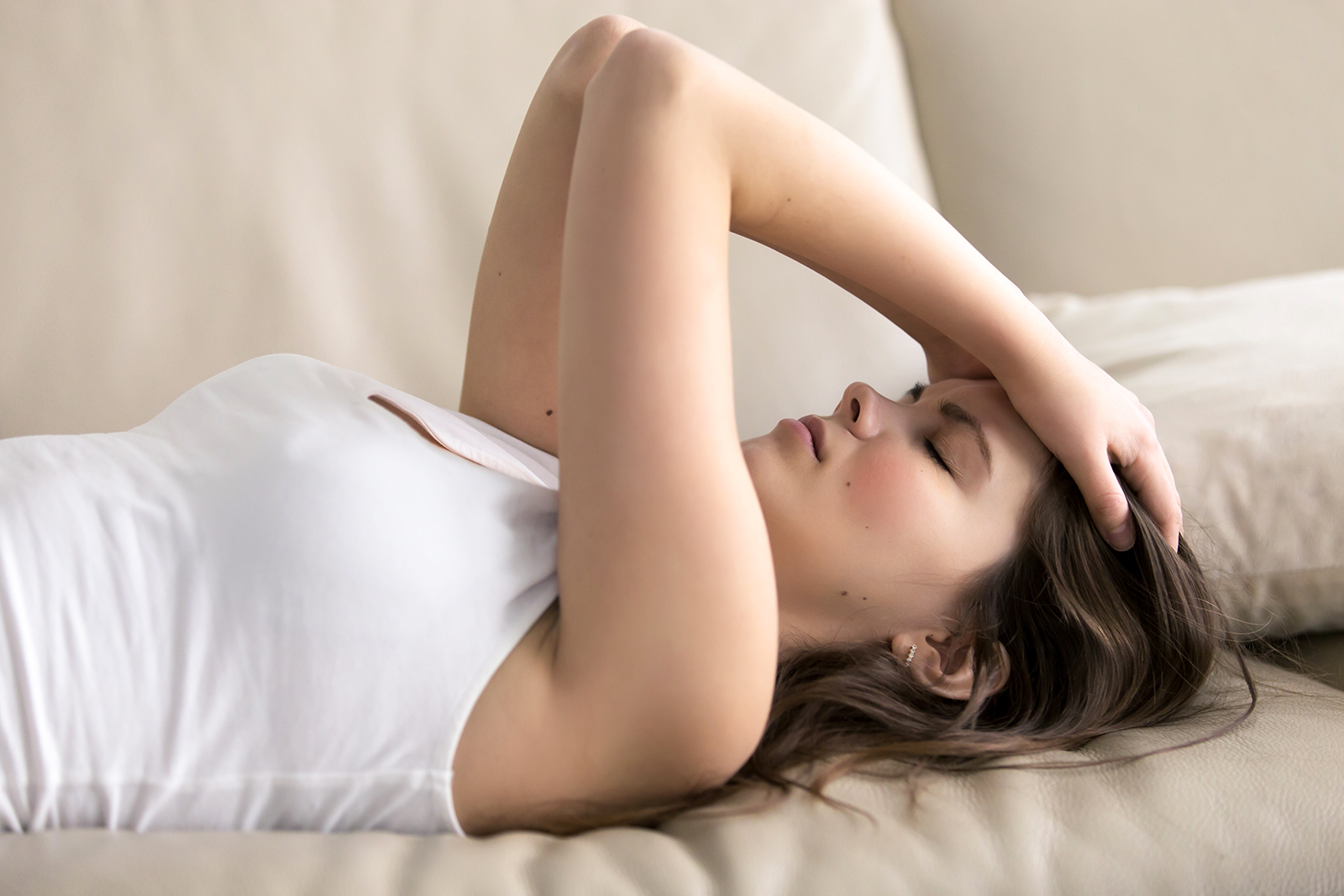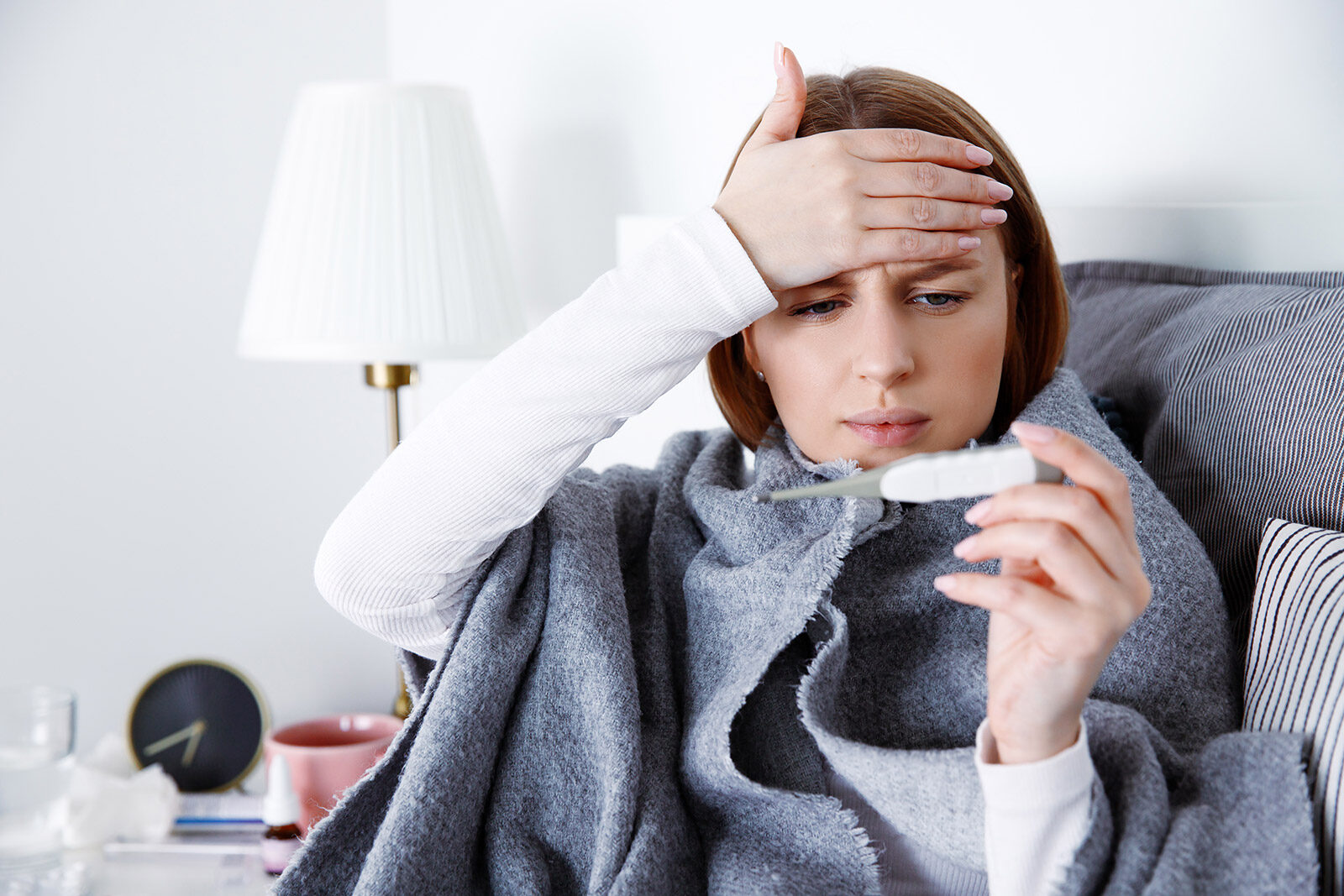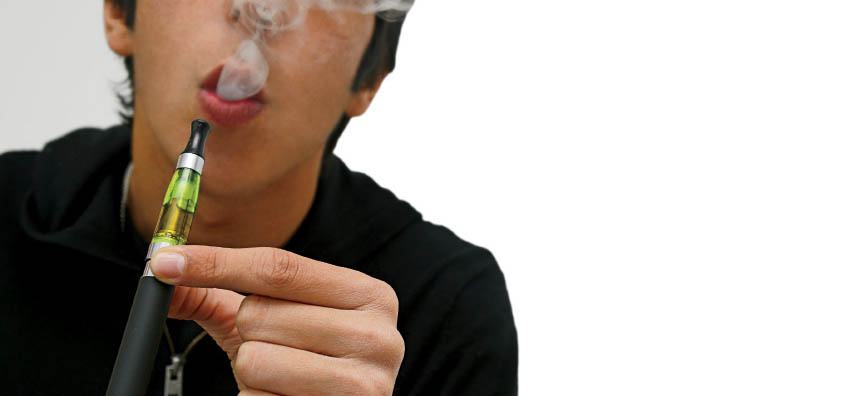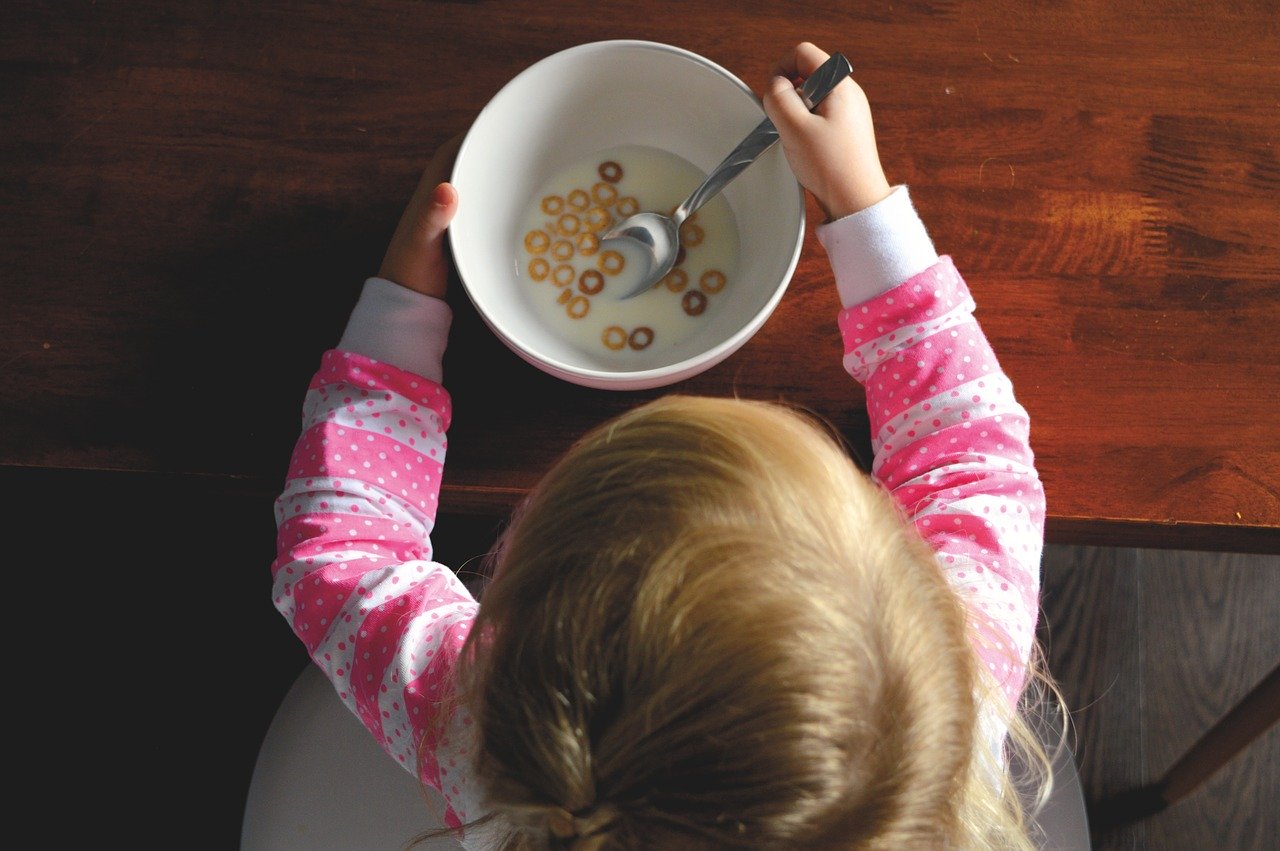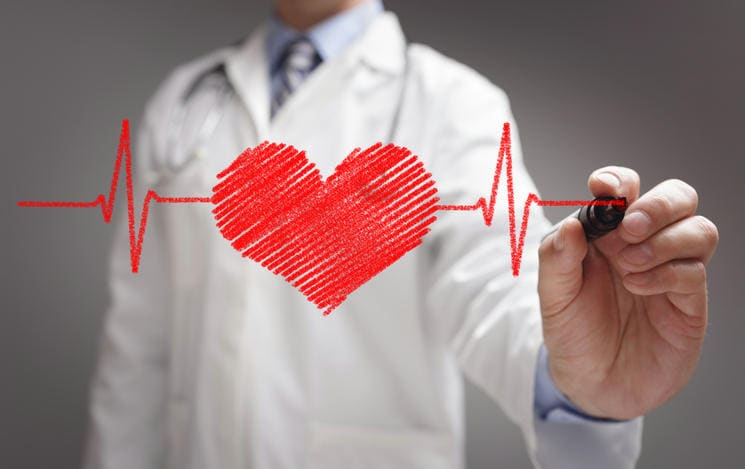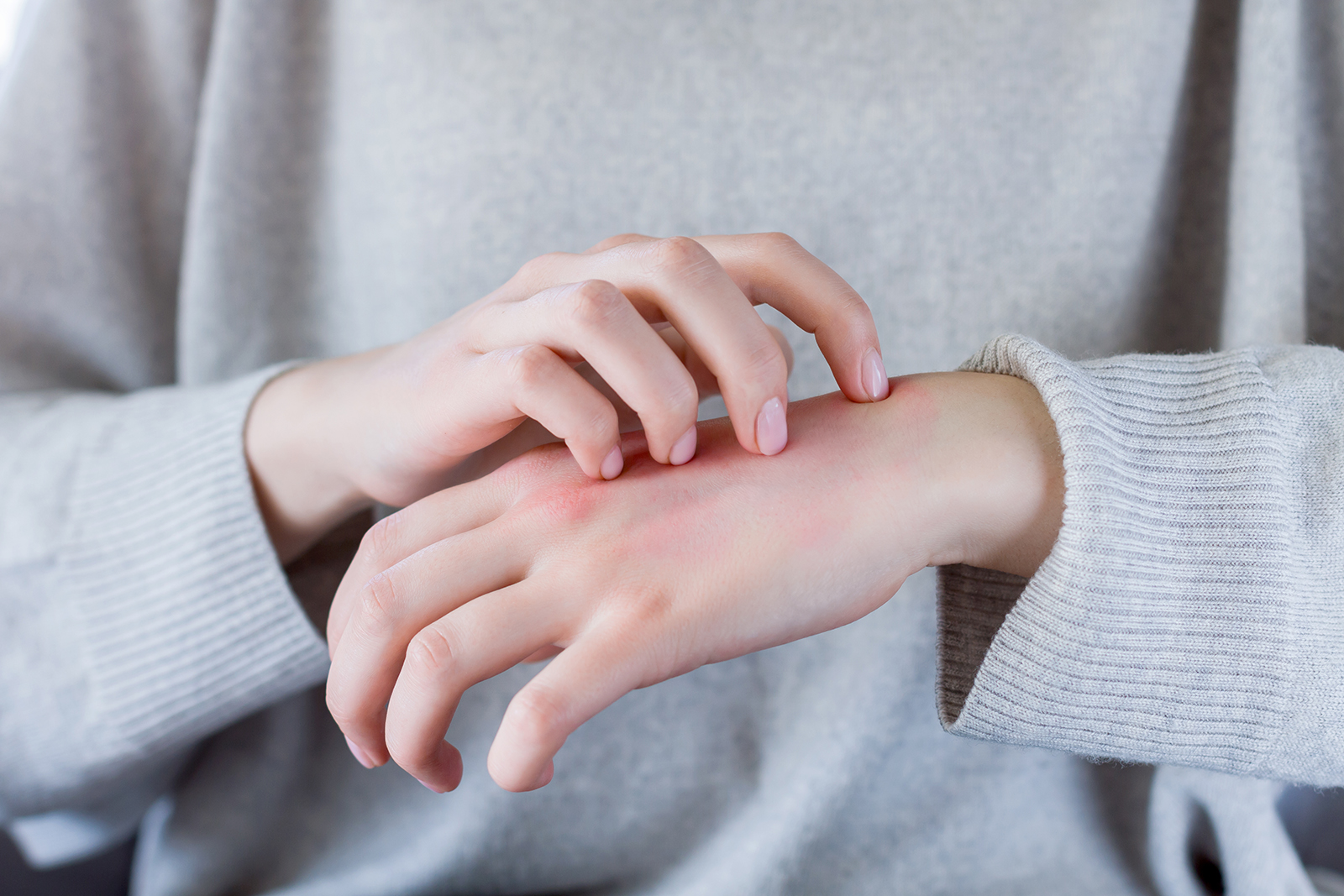Among the many technological achievements that have marked the 20th century, the space race is among the most fascinating: we have succeeded in overcoming the gravitational pull of our planet to take men and machines into Earth orbit and to the Moon; for the future, we are aiming straight for the first manned mission bound for Mars. Even in this adventure, plants will accompany us!
The International Space Station(ISS) has been operating continuously for more than twenty years in Earth orbit, hosting teams of astronauts and scientists on research missions lasting up to several months; among the purposes of this research is the development of technologies that can keep a crew alive on missions beyond theEarth orbit.
For years, space agencies, NASA and ESA above all, have been conducting experiments to understand whether and how plants grow in a micro-gravity environment, growing plants on the ISS for a variety of reasons, including:
- test the best species that can withstand artificial lighting and feeding conditions so that they are ready to run multi-year greenhouses on the planet Mars;
- select plant varieties that support the action of mechanical filters in cleaning the air inside the Space Station, in future spacecraft for long-duration travel, and in permanent settlements, whether on the Moon or Mars;
- vary the diet of the crew in Earth orbit by including, among the bags of freeze-dried roasts and lasagna, a good fresh salad;
- improve the psychological condition: contact with flowers and leaves seems to have a very positive impact on the mood of astronauts, who retain only a vague memory of Earth’s flora for months.
The first steps of the orbital botany date back to the early 1980s of last century: the record for the first plant grown in space belongs to the crew of the Russian space station Salyut-7; Soviet cosmonauts managed to complete the entire life cycle of a Arabidopsis thaliana: seeds were planted that germinated and completed the growth process by forming reproductive organs and finally completed the fertilization, embryogenesis and maturation stage. Full success, all in just forty days!
Instead, over the past decade, it has been the Americans at NASA who have pursued the “space gardening“: in particular, astronaut Donald Pettit grew a small vegetable garden during his five-month stay aboard theISS: using ordinary plastic zip-lock bags, Pettit was able to sprout broccoli, sunflower and zucchini seedlings, which, however, did not grow enough to bear fruit, but only to provide a soothing “pastime.”
But Nasa did not give up, and after a short time launched a space agriculture program, named VEGGIE, based on theaeroponics, i.e., a process of greenhouse development of plants without the use of soil, but artificially supported and with nutrition provided by misting systems of water enriched with mineral fertilizers, which directly invests the root system.
The VEGGIE project greenhouse is still small, about the size of a kitchen oven, but has the advantage of being both collapsible and expandable; light is provided by a panel with red, green and blue LEDs.
The first seeds to be planted on the ISS were those of romaine lettuce and zinnia: the latter, produces a flower that is very sensitive to environmental parameters and light variations with a life cycle of 60 to 80 days; a very difficult plant to grow successfully, but an excellent precursor to the tomato and bell pepper plants that will be planted soon on the Station. Romaine lettuce has been examined providing positive results to various biochemical tests, and is currently consumed by astronauts along with radishes, lentils, green lettuce, and Chinese cabbage, all of which are produced in space!









Plants can also solve another problem typical not only of the ISS, but also of our homes and offices: limited cubage and an almost entirely plastic building produce a high concentration of VOC (English acronym for “volatile organic compounds“), namely benzene, formaldehyde, trichloroethylene and other harmful substances emitted from glues, paints, pipes and joints.
To make the air in the spacecraft more breathable, Nasa has started the program “Clean Air Study” (“clean air study”), to measure how much and what volatile solvents can be absorbed by ornamental plants; about 20 common indoor plants were tested, including ivy, pothos, aloe, dracaena, spatiphyllum, and sanseveria.
The results suggest that, in addition to absorbing carbon dioxide and releasing oxygen through photosynthesis, these species act as a “bio-filter,” removing the pollutants listed above in amounts up to ten times higher than the legal limits in some countries and recommended by the World Health Organization!
Sources of key nutrients and active ingredients that have always been used in medicine, dispensers of soothing well-being and also purifiers of the air in our homes: there are many benefits we can gain by surrounding ourselves with our green friends from the plant world.



